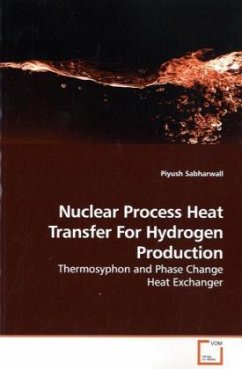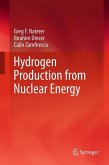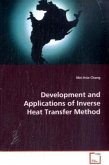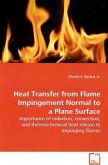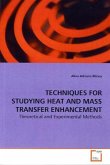There are several options to transferring multi-megawatt thermal power over long distances. One option is simply to produce only electricity, transfer by wire to the hydrogen plant, and then reconvert the electric energy to heat via Joule or induction heating. Electrical transport, however, suffers energy losses of 60-70% due to the thermal to electric conversion inherent in the Brayton cycle. Another option is two-phase heat transfer utilizing a high temperature thermosyphon. Heat transport occurs via evaporation and condensation, and the heat transport fluid is re-circulated by gravitational force. Thermosyphon has the capability to transport heat at high rates over appreciable distances, virtually isothermally and without any requirement for external pumping devices. The research presented provides useful information for thermosyphon design and Spiral Heat Exchanger. This research provides useful insight in making decisions regarding the thermosyphon heat transfer system between the nuclear reactor and chemical plant. Development of very high-temperature reactor technologies is a high priority research for a successful national energy future.

